What is orofacial myofunctional therapy?
The orofacial complex consists of muscles of the head, face, jaw, and neck. These muscles work well in harmony and good health and function stem from optimal muscle patterns. Orofacial Myofunctional Therapy addresses the root cause of many systemic disorders, and it is the re- education and re-training of these muscles for ideal function.
The goals of myofunctional therapy? *services provided
- Encourage nasal breathing
- Promote proper tongue rest position
- Create an ideal lip seal
- Support optimal swallowing, chewing, and drinking
- Eliminate dysfunctional oral habits
Problems that can occur with incorrect oral and facial muscle development:
- Tongue/Lip tie
- Tongue thrust
- Snoring
- Sleep Apnea
- Poor occlusion and chewing
- Clenching, grinding, TMJ pain
- Neck and back pain
- Poor head and neck posture
- Nasal congestion
- Seasonal allergies
- Mouth breathing
- ADHD
- Bed wetting
- Speech problems
- Periodontal Disease
- Chronic fatigue
- Anxiety
- Depression
- Irritability
- Post-orthodontic relapse
What is an OMD?
An Orofacial Myofunctional Disorder (OMD) refers to the abnormal development of muscle
patterns that may affect facial growth and development, breathing, speech, chewing,
swallowing, dental development, orthodontic treatment stability, and more. OMDs develop
when the body is consistently trying to function in an atypical manner.
Why is mouth-breathing bad?
Mouth breathing causes the mouth to be open constantly, low tongue position, retruded
narrow jaws, inflammation of the oral tissues, vertical facial growth patterns, and forward head posture. Mouth breathing leads to poor blood oxygenation which is linked to several health problems such as hypertension, heart failure, stress, anxiety, sleep deprivation, and inadequate growth and development.
What is a tongue or lip tie?
Abnormal development of the tongue or lip in which they are unable to freely move around therefore interfering with its proper function. Tongue/lip ties are tethered oral tissues that can potentially lead to problems with breathing, nursing, chewing, swallowing, and speech.
What is a tongue thrust?
The ideal position of the tongue should rest in the roof of the mouth. A tongue thrust is a type of OMD where the tongue presses up against the teeth or in between them when swallowing. Improper tongue position can lead to poor occlusion and jaw and facial development.
Why haven’t I heard of myofunctional therapy before?
Myofunctional therapy began in 1918 with the work of Dr. Alfred Rogers. However most
healthcare providers never learned about it or trained in it as a part of their traditional education and learning. As modern healthcare is moving to a more collaborative approach between various fields, healthcare providers are learning and understanding the connection between oral and systemic health. The mouth is the open door for the whole body and oral health plays a huge role in overall health.
How does myofunctional therapy work?
Myofuncational therapy is a series of exercises and behavior modification techniques that
promote nasal breathing, proper tongue posture, and lip seal that can lead to improved
breathing, chewing, and swallowing. The length of the myofunctional therapy program depends on age and the severity of dysfunction present.
What age should myofunctional therapy begin?
Adults and children alike are ideal candidates for myofunctional therapy.
